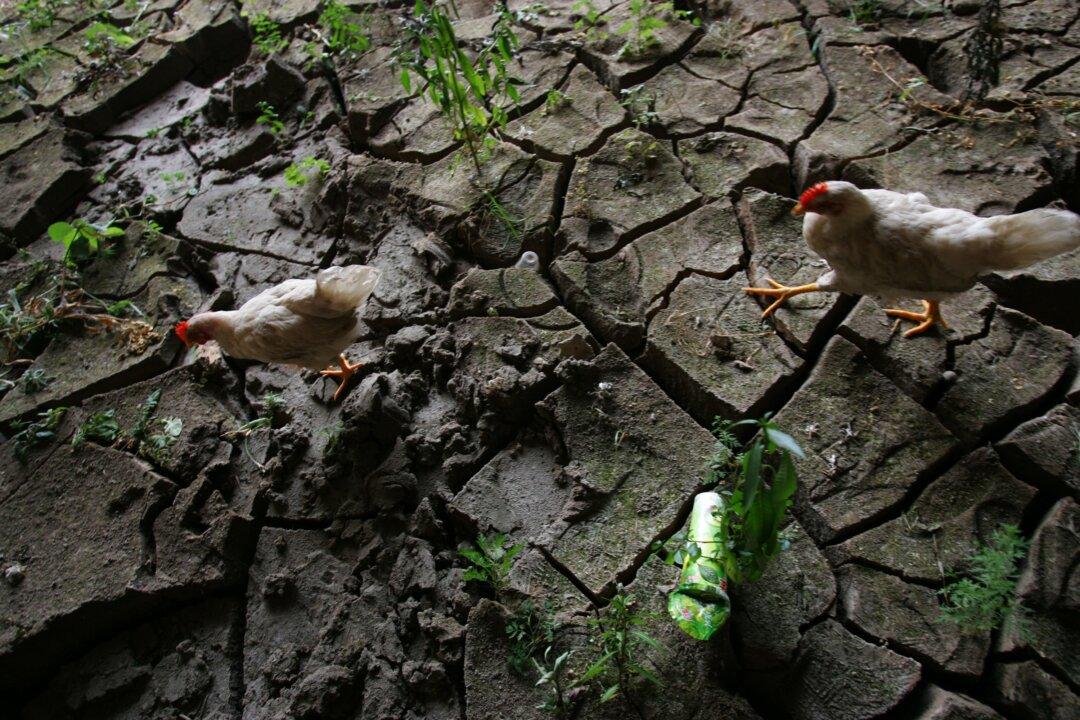Chinese leader Xi Jinping recently went on an inspection tour of northeastern China, an area known as the country’s “bread basket.”
During his Sept. 25–28 visit, he said that China should become more self-reliant in its economy, from its manufacturing sector to food security.




